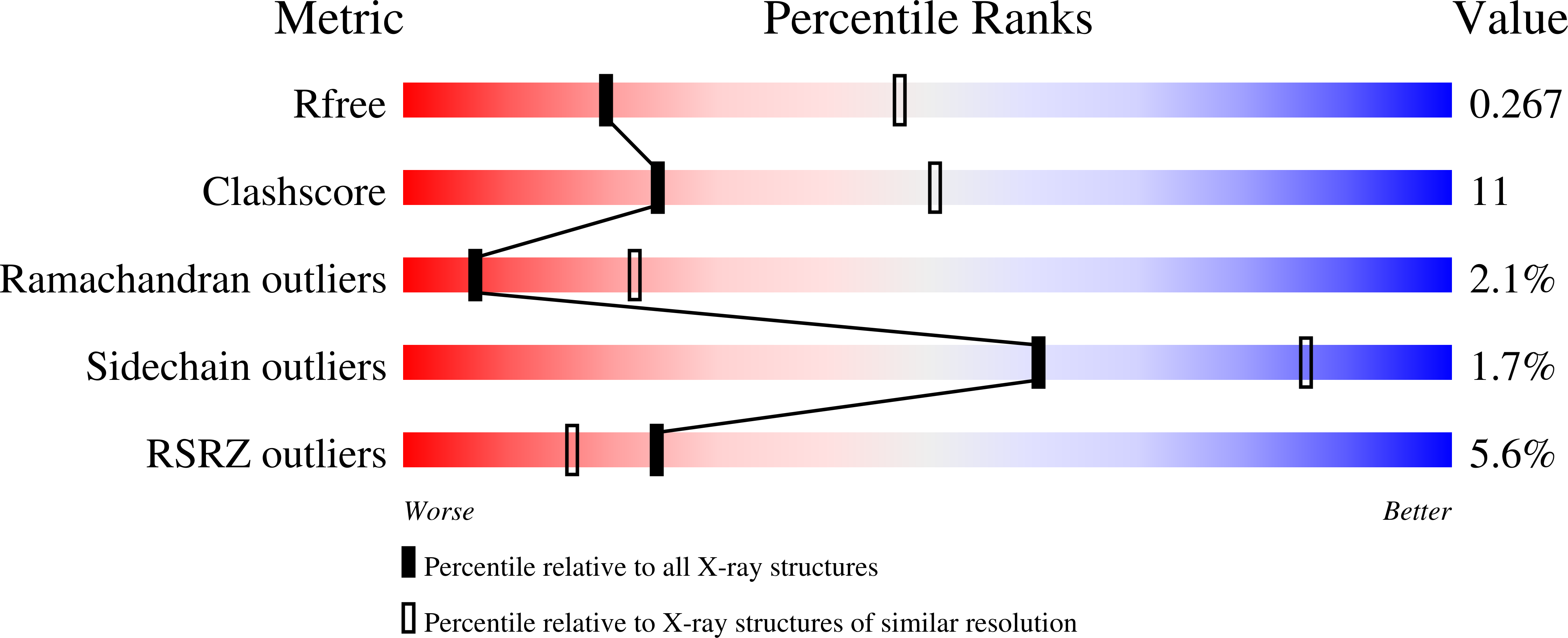
Deposition Date
2009-06-29
Release Date
2010-05-12
Last Version Date
2024-10-30
Entry Detail
PDB ID:
3I2M
Keywords:
Title:
The Crystal Structure of PF-8, the DNA Polymerase Accessory Subunit from Kaposi s Sarcoma-Associated Herpesvirus
Biological Source:
Source Organism:
Human herpesvirus 8 (Taxon ID: 37296)
Host Organism:
Method Details:
Experimental Method:
Resolution:
2.81 Å
R-Value Free:
0.28
R-Value Work:
0.25
R-Value Observed:
0.25
Space Group:
P 61 2 2


